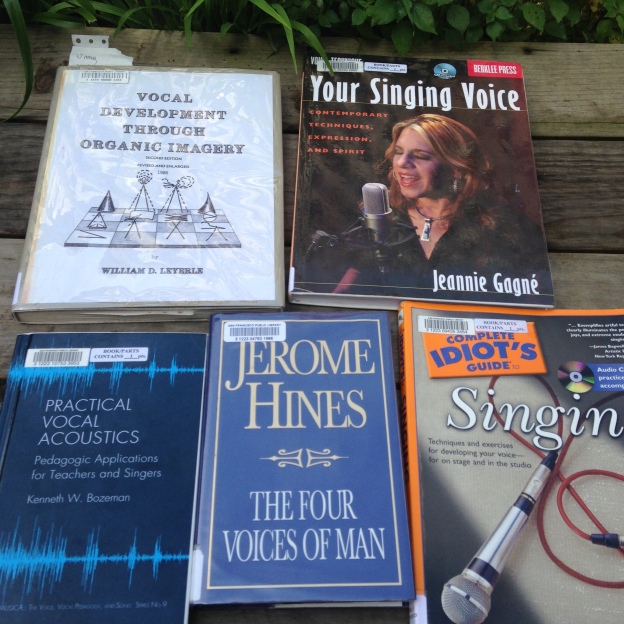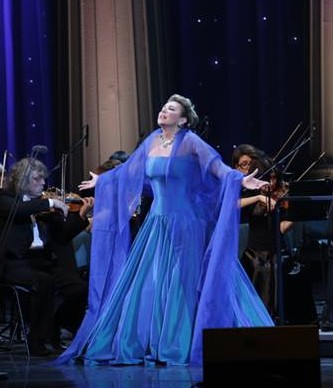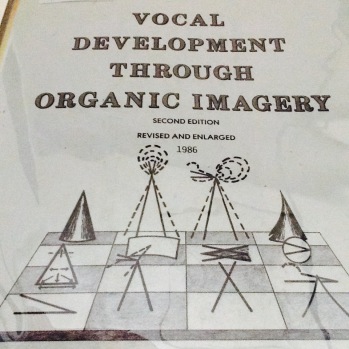I was going to continue reviewing Leyerle’s book but cannot pass the opportunity to say some more about the issue of posture. What is the perfect posture for singing? These days singers performing live on stage assume all sorts of positions, standing, lying down, dancing, even hanging down suspended from a bar, whatever the dramatic situation requires.

However, in recital or auditions little acting is encouraged. I would not go as far as saying there is one “correct” position to deliver an aria or a song, but there are some that work better than others. Unfortunately, those are not the positions that you can find by googling “perfect posture”.
What you find instead are the positions of a character that goes to a doctor’s office and is asked to stand straight.

Is any of it really useful? In my opinion it’s not. So is there a better way? Of course. Just learn from the masters. Let’s take a posture class from Placido Domingo.
This is what he does:

This is a characteristic posture of a male lead in an opera. Some people find it old fashioned but it is still used by singers to deliver challenging arias. As you can see it consists of leaning forward on your “stronger” leg, slightly bent. Does he stand “straight”? Does he stand tall, “as if a suspended on a string from the crown of his head”? Certainly not!

But he is well balanced, grounded and expressive.
Let’s make his position into a diagram.

Let’s remove the photo:

Let’s simplify it still further and make it into a stick figure:
Now the diagram doesn’t show the arms, but gives you an idea how the singer holds himself, how he supports his body. The front leg carries most of the weight and is flexible. I left off the arms as they are used more for expression than balance.
So this is it, this is how Placido stands.
Well, not just him. Look at Mick Jagger!
So the slightly forward leaning stance seems to be working for all kinds of singers.

Their e is a reason for it. It makes singing easier. It takes care of itself, once established you don’t have to think about it.
Because of that it can be especially helpful for beginners. Once you can vocalize well in “Placido’s” position, you can adjust it to the more elegant, modern recital pose.

It is harder to maintain, but doable. At the end of the day a great singer can sing in any position.
So, look around YouTube and find some other singing masters. Look for live recitals and shows where camera captures the whole silhouette, from the head to the feet. Turn off the sound and just observe how they move.


Hope this helps – if you don’t trust me, trust Placido and Mick!
Next time – best singing posture for women. Stay tuned.
Photos: Anthony Ross Costanzo in Partenope, SF Opera, Huffington Post
Mick Jagger in concert with Taylor Swift , Nashville, Getty Images
Tenor Hak Soo Kim, Sarasota Opera 2012 sarasotaopera.blogspot.com
Russell Thomas as Pollione in Norma, SF Opera 2015, KQED broadcast April 2016
Videos:
Placido Domingo with Luciano Pavarotti at the MET in La Boheme (Domingo singing the baritone part of Marcello)
Jonas Kaufman German Arias recital in Munich (Munchner Rundfunkorchester)
Franco Corelli in recital, Hamburg 1971
Doodling: Anna Samborska


















